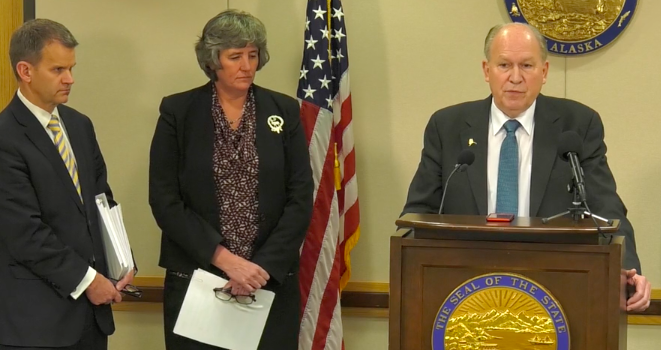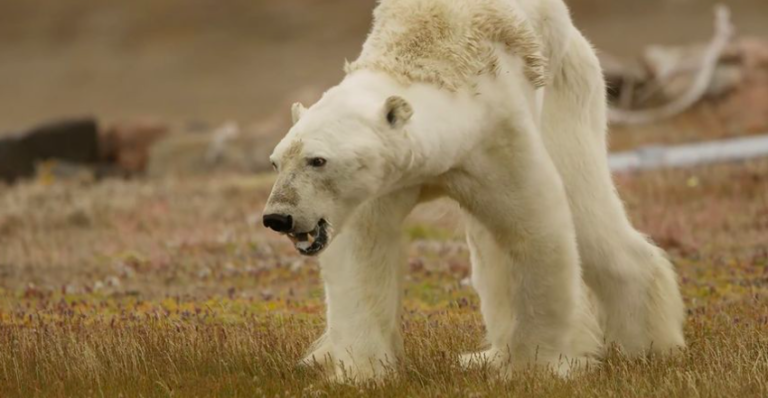Hundreds of thousands — perhaps millions — of public comments on “net neutrality” regulations are now known to be fake. Tens of thousands may be from Alaskans who don’t even know they commented to the FCC. People in Salcha, Hooper Bay, Port Lion, and Thorne Bay.
The extent of the possible fraud raises questions about the quality and veracity of the public process going forward, and deserves scrutiny.
Must Read Alaska scanned dozens of comments from “Alaskans” and found a preponderance of what look to be fakes — from addresses in Alaska that do not exist, and from people who don’t show up in any Alaska voter database. In fact, it was hard to find many that appeared legitimate, although MRAK located comments from some Juneau Democrats that we deem “probably real.” They definitely oppose the FCC freeing of the Internet.
But in Craig, Alaska, population 1,200, some 400 comments were submitted to the FCC, including one guy who used the City of Craig’s official mailing address as his own, and an 80-something woman who went into great technical detail on all things net neutrality.
That’s one savvy granny. Who knew so many people in conservative Craig, Alaska, have such a strong opinion on net neutrality?
Some commenters used fake town names, like Port Coquitlam, Alaska (the town is in British Columbia). And somehow, Deadhorse, population 25, came up with four comments to the FCC on net neutrality.
You can do your own research and see if your name was used to submit a fake comment to the FCC at this site.
What does this development mean for the public comment process for the Pebble Mine or the AK-LNG project? How can Alaskans know if real Alaskans are commenting, or if their identities are being stolen by activists from the Lower 48 to sway the public process?
The attorney general of New York has instigated an investigation. Considering the ramifications for fakery in Alaska projects on the horizon, that may be an action for Attorney General Jahna Lindemuth to emulate. She could run the data from FCC through the Permanent Fund database and determine if fraud occurred against Alaskans and their identities.
ALASKA SENATE AND HOUSE DEMOCRATS OPPOSE FCC ACTION
Alaska Senate Democrats filed a letter with the FCC on Dec. 12 opposing the federal commission’s action on net neutrality.
“The repeal of net neutrality would allow ISPs to limit access to information or force consumers and online entities to pay more to get and receive the access they need. That’s a ‘pay-to-play’ system, and it’s unfair,” said Sen. Bill Wielechowski of Anchorage. “The FCC action also puts our free speech, free press, and free association rights at grave risk.”
“Alaskans rely on internet access for work, education, and to keep in touch with family in and out of state,” said Senator Tom Begich, also of Anchorage. “Broadband should be treated as a public utility that is subject to reasonable consumer protection regulations like the rule of net neutrality.”
The news release went on to say that an unprecedented 22 million comments had been received and one million had been linked to stolen identities, with 500,000 linked to Russian email addresses.
Further, 94 percent were duplicate comments, 57 percent were from identical or temporary addresses; there were nine instances when 75,000 same or similar comments posted at the exact same second; and the top seven comments made up 38 percent of the submissions.
Those are the types of results that can be found in the Alaska comments as well, Must Read Alaska discovered.
“If the public comment process was fraudulently hijacked, the FCC should want to know that before weighing those views into its decision,” said Rep. Kawasaki. “A thorough investigation should occur, and the FCC’s action on Thursday must be postponed until we can be assured of the integrity of the process.”
A second letter from legislators was also sent to Alaska Attorney General Jahna Lindemuth, asking the State to seek the FCC’s delay in voting until the public process has been investigated. If the proposal is approved, the legislators are requesting the State file suit against the FCC.
Rather than file suit, the State may be better served by determining just how many Alaskans had a mild brush with identity theft, as the next one could be far more serious, such as voter fraud or Permanent Fund application fraud.
The FCC went ahead with its decision to open up the internet anyway, in the expectation that innovation will occur when there is less regulation.
GCI, an internet provider in Alaska, posted notices in social media saying the company has no plans to slow down service or provide faster service for premium account holders.
















